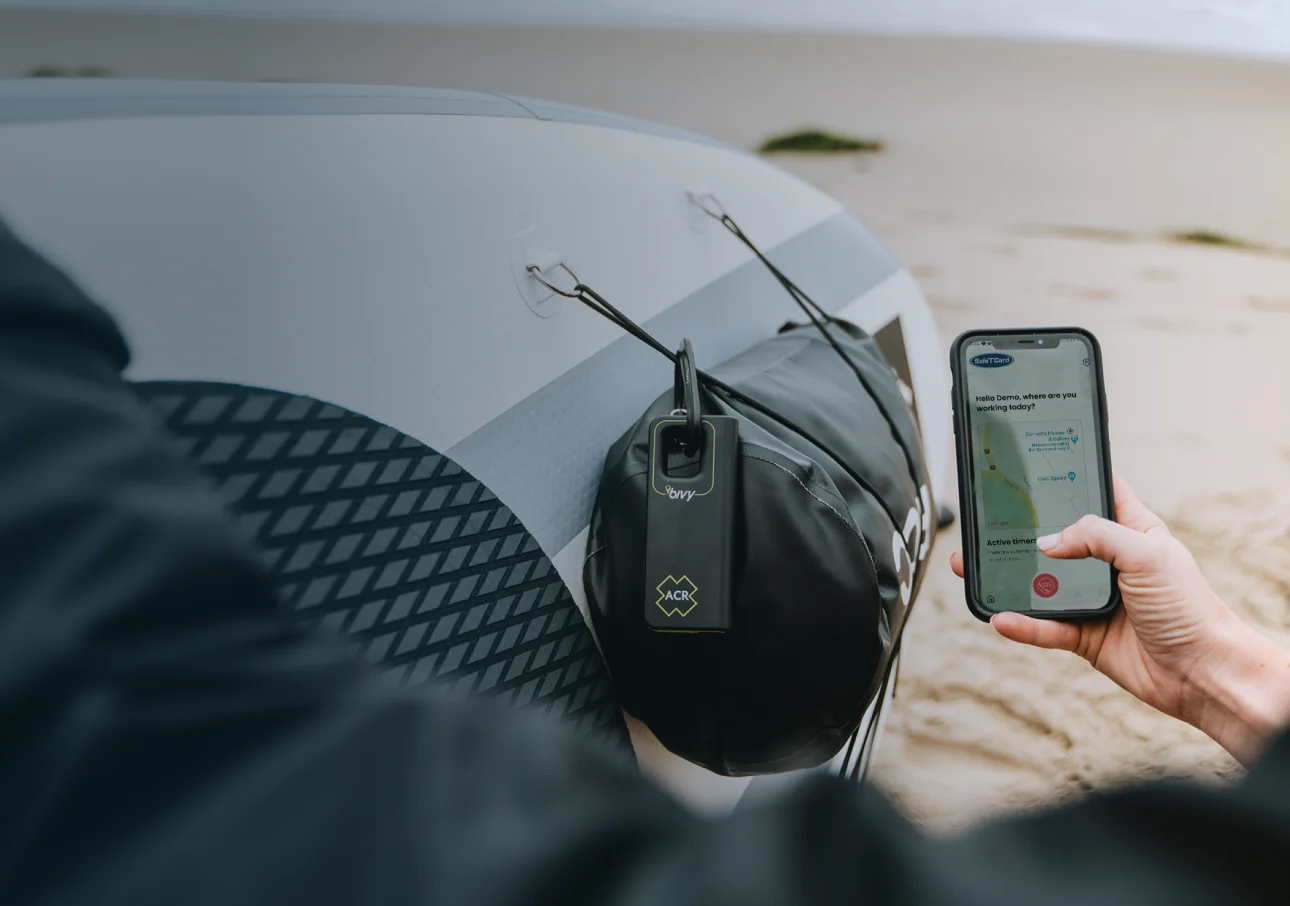Ensuring the safety of lone workers is a critical responsibility for employers across various industries. The advent of technology has brought forth a range of solutions designed to monitor and protect these workers. However, choosing the right safety tech requires a careful analysis of its benefits and limitations. In this article, we’ll explore the pros and cons of different lone worker safety monitoring technologies, helping you make an informed decision to enhance your workplace safety.
The importance of lone worker safety
Lone workers, who perform their duties without direct supervision, face unique risks that can range from accidents and health emergencies to violent encounters. Implementing effective safety measures is paramount to protect these individuals and comply with workplace health and safety regulations. Technology-based lone worker safety solutions offer promising ways to manage and monitor lone worker safety efficiently.
Types of lone worker safety monitoring technologies
- Lone worker safety apps
- GPS enabled devices
- Wearable safety devices
- Satellite communication devices
1. Lone worker safety apps
Lone worker safety apps are smartphone applications designed to provide real-time monitoring upon activation and emergency response features. These apps offer several benefits:
Pros:
- Accessibility: Utilises existing smartphones, reducing the need for additional devices.
- Real-Time monitoring upon activation: Provides real-time positioning and status updates when alarm is activated.
- Emergency alerts: Allows workers to send immediate distress signals.
- Check-in features: Regular prompts for workers to check in, ensuring their safety.
Cons:
- Reliance on smartphone battery: Effectiveness depends on the smartphone’s battery life.
- Network dependence: Requires a reliable mobile network to function properly.
- User familiarity: Workers must be comfortable using the app features.
For a comprehensive solution, check out the SafeTCard Mobile App. It combines ease of use with advanced features to ensure your lone workers are always connected and protected.
2. GPS enabled devices
GPS enabled devices are standalone gadgets that provide precise location data, which is crucial for monitoring lone workers in real-time when the alarm has been activated.
Pros:
- Accurate location tracking: Offers precise real-time location data.
- Durability: Often designed to withstand harsh conditions.
- Long battery life: Typically, they have longer battery life compared to smartphones.
Cons:
- Cost: Can be expensive to purchase and maintain.
- Limited communication features: Primarily focused on location tracking, with fewer communication options.
The SafeTCard 4G Companion is an excellent example, providing robust GPS positioning along with emergency alert capabilities to ensure immediate assistance when needed.
3. Wearable safety devices
Wearable safety devices include items like smartwatches or dedicated panic buttons that workers can wear to enhance their safety.
Pros:
- Ease of use: Simple to wear and use, often with one-touch emergency features.
- Discreet: Can be worn discreetly, minimizing attention.
Cons:
- Limited functionality: May offer fewer features compared to more comprehensive devices.
- Comfort: Some workers may find wearables uncomfortable or inconvenient.
The SafeTCard ID provides discreet, reliable protection and is designed to be worn comfortably, ensuring that help is always within reach. For more on empowering personal safety, visit Empowering Personal Safety: Your Guide to Personal Safety Devices in Australia.
4. Satellite communication devices
Satellite communication devices are ideal for workers in remote areas where cellular coverage is unreliable.
Pros:
- Reliable communication: Ensures connectivity in areas without cellular coverage.
- Emergency assistance: Provides access to emergency services regardless of location.
Cons:
- High cost: More expensive to purchase and operate.
- Size and weight: Can be bulkier and less convenient to carry.
The SafeTCard Bivy Stick ensures reliable communication and safety for lone workers in the most remote locations, offering peace of mind with satellite connectivity.
Weighing the pros and cons
When choosing the best lone worker safety devices, it’s essential to consider the specific needs of your workers and the environment in which they operate. For instance, lone worker safety apps are ideal for urban settings with reliable network coverage, while satellite communication devices are crucial for remote locations.
Managing and monitoring lone worker safety effectively involves balancing the benefits of accessibility, cost, and functionality against potential limitations such as battery life and network dependence. Research and feedback from employees can also guide your decision-making process.
Conclusion
Choosing the right technology-based lone worker safety solutions is vital for ensuring the well-being of your employees. By understanding the pros and cons of various lone worker safety monitoring technologies, you can make informed decisions that enhance safety and compliance in your workplace.
For more information on preventing lone worker incidents and ensuring their safety, explore new research on preventing lone worker incidents.
SafeTCard provides a range of solutions designed to meet diverse needs. Contact us to learn more about how we can help you provide the best lone worker safety devices for your team as well as give training for lone worker safety. Together, we can ensure a safer and more secure working environment for all.
Read more:




